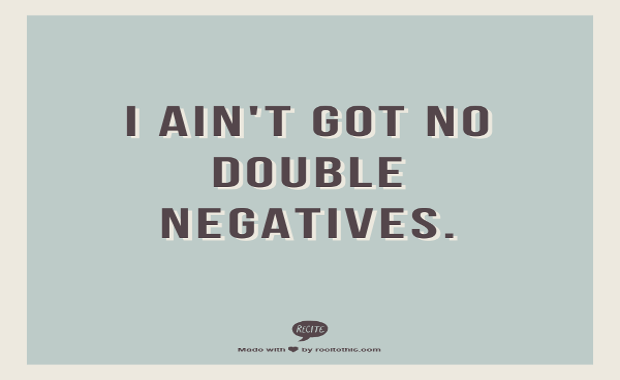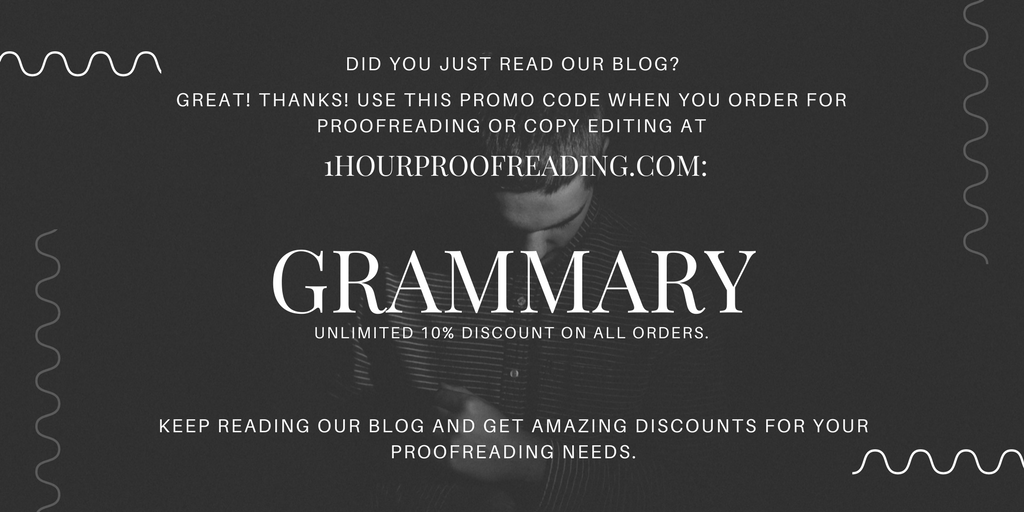Grammar Ain’t No Picnic: Double Negative, No-No
Posted on Jan 04, 2017
According to basic mathematics, multiplying two negatives result in a positive. Some people like to think that the same principle applies to grammar. Sadly, they are mistaken.

In the English language, double negatives occur when two negative words are used in the same sentence, with the assumption that the overall sentence becomes a positive one. In other languages, double negatives intensify a negation. You’ve probably heard this on television shows, in films, or in music. The following lines may sound a tad familiar.
“I can’t get no satisfaction.”
“Got nothing to hide no more.”
“Ain’t no mountain high enough.”
While the above sentences may seem okay, they’re grammatically unsound. This is because of word economics. Double negatives are unnecessary since the same thought can be expressed with fewer words. Moreover, this causes a lot of confusion.
The use of not and no in the same sentence is not the only occurrence of double negatives, which may make them harder to spot. There are two other ways double negatives happen.
Incorrect: “His actions were not unnecessary.”
Correct: “His actions were necessary.”
Prefixes such as ir-, in-, non-, and un- imply negative connotation. When used in a sentence with “not,” this creates a double negative.
“I can’t barely see through the fog.”
One of the more confusing types of double negative is one where negative words are used. Examples of negative words include barely, hardly, rarely, scarcely, and seldom.
Double negatives are considered vernacular speech and are abundant in Southern American English, African American vernacular, and British regional English dialects. One of the earliest records of their use is in Chaucer’s Canterbury Tales, where not only double but also triple and quadruple negatives were abundant.
The general rule is that when a double negative is used, it cancels out into a positive. Historically, however, double negatives were used in English to emphasize negation. This still holds true for several languages. This is where the confusion comes from.
The easiest way to resolve this? Ditch the double negative. Don’t be afraid to use fewer words or simple sentences. If you’re looking for emphasis, rework your sentence and use other terms.
Sources:
Disclaimer: Image is not ours. Credit to the owner.
About 1-Hour Proofreading
1-Hour Proofreading is a growing start-up offering fast and efficient editing services at a reasonable price with the assurance that the document is publication-ready the soonest you need it. Its team of highly competent professional editors is committed to helping those in need of quality editing services while facing tough deadlines.
Visit 1hourproofreading.com for more details.
Follow us:
Back to Grammary



